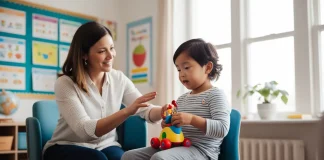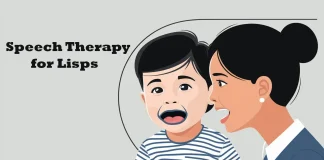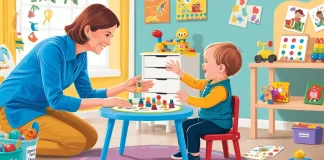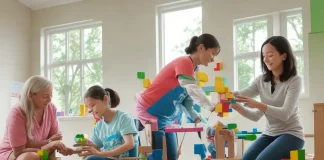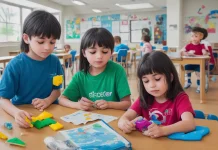Therapy
Autism Spectrum Disorder (ASD) presents a wide range of challenges and abilities, necessitating diverse therapies tailored to individual needs. Here are some common therapies used to support children with autism:
- Applied Behavior Analysis (ABA):
- Description: ABA is a highly structured therapy that focuses on improving specific behaviors such as social skills, communication, reading, and academics and adaptive learning skills like fine motor dexterity, hygiene, grooming, domestic capabilities, punctuality, and job competence.
- Techniques: It uses reinforcement strategies to encourage desired behaviors and reduce undesired ones.
- Settings: These can be conducted one-on-one or in a group setting, at home, school, or a clinic.
- Speech Therapy:
- Description: Speech therapy helps autistic children improve their verbal, nonverbal, and social communication skills.
- Goals: Enhancing spoken language, improving articulation, understanding and using gestures or signs, and developing conversation skills.
- Techniques: These may include play-based approaches, the use of visual aids, and alternative communication methods like Picture Exchange Communication System (PECS) or augmentative and alternative communication (AAC) devices.
- Occupational Therapy (OT):
- Description: OT helps children with autism improve their ability to perform everyday activities.
- Focus Areas: Fine motor skills, sensory processing issues, daily living skills (like dressing and eating), and play skills.
- Techniques: Sensory integration therapy, exercises to develop coordination and strength, and adaptive strategies for daily tasks.
- Physical Therapy (PT):
- Description: PT focuses on improving physical abilities such as coordination, balance, and strength.
- Goals: Helping children with autism navigate their physical environment more effectively.
- Techniques: Exercise programs, physical activities, and games designed to enhance motor skills.
- Social Skills Training:
- Description: This therapy aims to improve the social interactions of children with autism.
- Focus Areas: Making friends, understanding social cues, managing emotions, and developing appropriate social behaviors.
- Techniques: Role-playing, social stories, and group activities.
- Cognitive Behavioral Therapy (CBT):
- Description: CBT helps children with autism manage emotions and cope with anxiety and other behavioral challenges.
- Goals: Identifying and changing negative thought patterns and behaviors.
- Techniques: Structured sessions with a therapist focusing on problem-solving and coping strategies.
- Developmental, Individual Differences, Relationship-Based Approach (DIR/Floortime):
- Description: This approach focuses on building healthy emotional and interpersonal development.
- Goals: Enhancing emotional regulation, social engagement, and cognitive functioning.
- Techniques: Child-led play and activities designed to build relationships and support developmental progress.
- Music Therapy:
- Description: Music therapy uses music to address various areas of need, including social, communication, motor, and emotional skills.
- Goals: Enhancing communication, social interaction, sensory regulation, and emotional expression.
- Techniques: Singing, playing instruments, and listening to music.
- Animal-Assisted Therapy:
- Description: Involves interaction with animals to help children with autism improve various skills.
- Goals: Enhancing social interaction, reducing anxiety, and improving communication.
- Techniques: Activities with therapy dogs, horseback riding (hippotherapy), and other animal interactions.
- Parent-Mediated Interventions:
- Description: Training parents to use therapeutic techniques at home to support their child’s development.
- Goals: Empowering parents to help their child improve communication, behavior, and social skills.
- Techniques: Guided practice, coaching, and support from professionals.
Combining these therapies often yields the best results, tailored to each child’s unique needs and strengths. Always consult with a professional to develop an individualized therapy plan.










